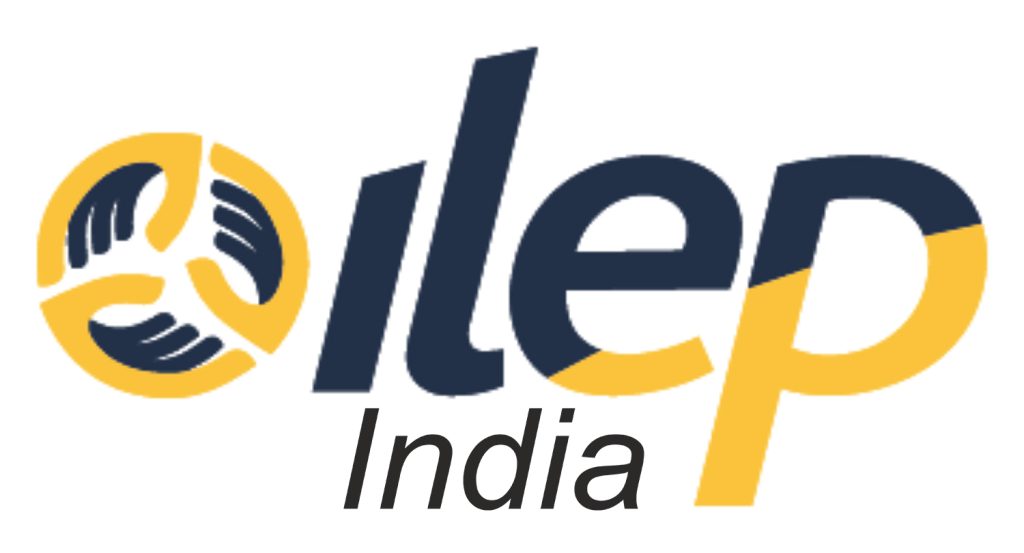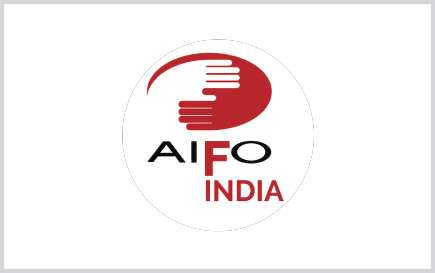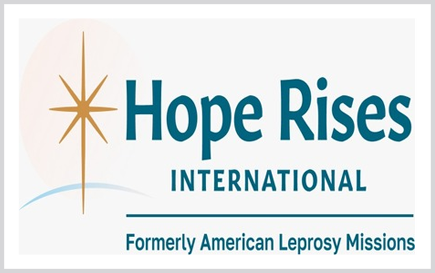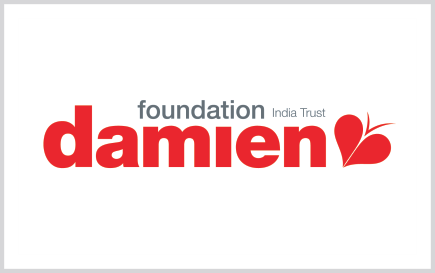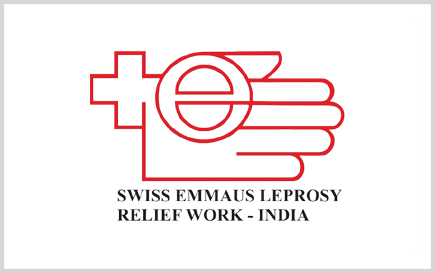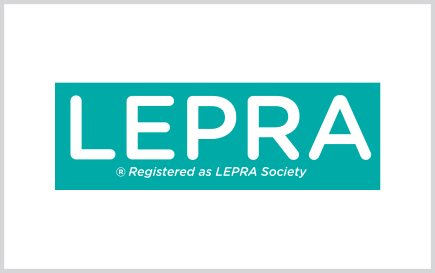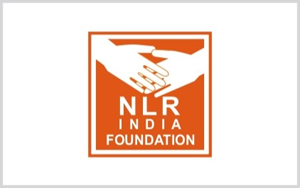ILEP’S MEMBER ASSOCIATIONS ARE WORKING
TOGETHER FOR A WORLD FREE FROM LEPROSY
In the years 2019& 2020, through various consultative meetings, stakeholders working in the field of leprosy came together along with World Health Organization (WHO) and launched a new Global Leprosy (Hansen’s disease) Strategy 2021-2030, coined ‘Towards Zero Leprosy’. This is in line with the United Nations “Sustainable Development Goals”(SDG). This phrase was drawn with certain important factors looking at the past, present, and future. The ILEP members have accepted and appreciated the increased emphasis on integration, the focus of each country, and its sustainability including the mental well-being and involvement and inclusion of persons affected by leprosy in the program.
Globally the partners for Zero Leprosy are a coalition of individuals and organizations committed to ending leprosy. The major global partners are Novartis, WHO, ILEP, Sasakawa Health Foundation, and IDEA. Besides, there have also been representatives from the national leprosy programmes from Brazil, Ghana and India.
Four pillars of Zero Leprosy strategy:
- Implement integrated, country-owned zero leprosy road maps in all endemic countries.
- Scale up leprosy prevention alongside integrated active case detection.
- Manage leprosy and its complications and prevent new disability; and
- Combat stigma and ensure human rights are respected. Interruption of transmission and elimination of disease are at the core of the Strategy.
ILEP India :
ILEP members have been involved in India for many decades, as far back as the 1870s. Currently, nine ILEP members with direct representation in India form the membership of ILEP India. Collectively, including contributions from other ILEP members, they invest INR 61.3 crores for leprosy programmes in India each year
In India all the major ILEP partners working in the field of leprosy are committed and have come together to contribute towards achieving zero leprosy in the country and thereby, contributing towards achieving the Sustainable Development Goals.
India and Leprosy :
Indian Republic is a country in South Asia. India is a union of 28 States and 8 Union territories. It is the seventh-largest country by area, the second-most populous country with over 1.3 billion people, and the most populous democracy in the world. Following market-based economic reforms in 1991, India became one of the fastest-growing major economies; it is considered a newly industrialised country. However, it continues to face the challenges of poverty, corruption, malnutrition, inadequate public healthcare, and terrorism. India ranks 135 in Human Development Index (HDI), lowest among BRIC countries. In 2013, India’s HDI is 0.586 (where as Brazil: 0.744, China: 0.719 and Russia: 0.778) lowest among BRIC countries. Every year India is contributing highest number of leprosy cases in the world. According to WHO In the year 2020, out of 202,189 new leprosy cases reported globally India contributed 114,451 (57%) new cases of leprosy.
Bihar and Jharkhand contribute around 20% of the total leprosy cases in India. The HDI of Bihar is 0.367 and Jharkhand is 0.376 (year 2008). Every year, India contributes the highest number of TB and leprosy cases in the world. Six states in India are Bihar, Uttar Pradesh, Chhattisgarh, Jharkhand, Orissa, and Madhya Pradesh. Forty percent of the highly backward population of India lives in these six states and 60% of the country’s population below poverty line live in these states. Among these six backward States DFIT works in three states Bihar, Jharkhand and Chhattisgarh and reaches / covers around 30% of the total leprosy cases in India.
The National Leprosy Control Programme (NLEP) :
In the year 1955 NLEP was launched based on Dapsone domiciliary treatment through vertical units implementing survey education and treatment activities. The MDT came into wide use from 1983. The country achieved the goal of elimination of leprosy as a public health problem in 2005. India is facing serious problems like increasing trend of Grade 2 D (GII) disabilities among newly detected cases and no focus on disability care and social rehabilitation after the integration of leprosy into general health services in 2005.
